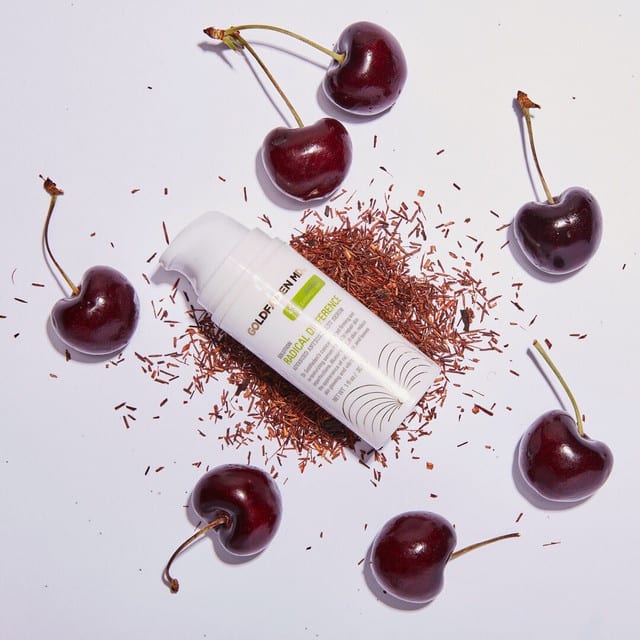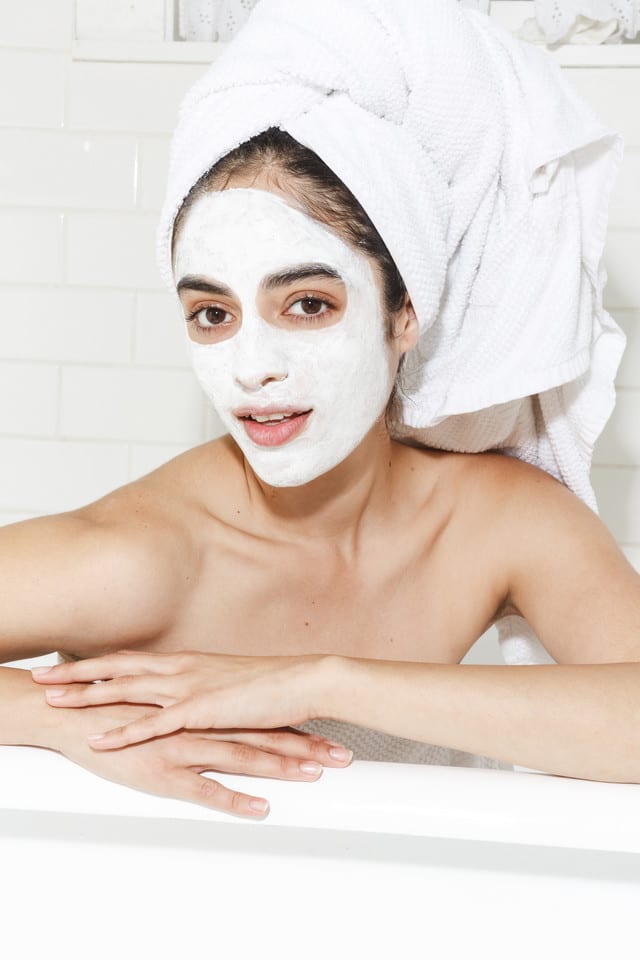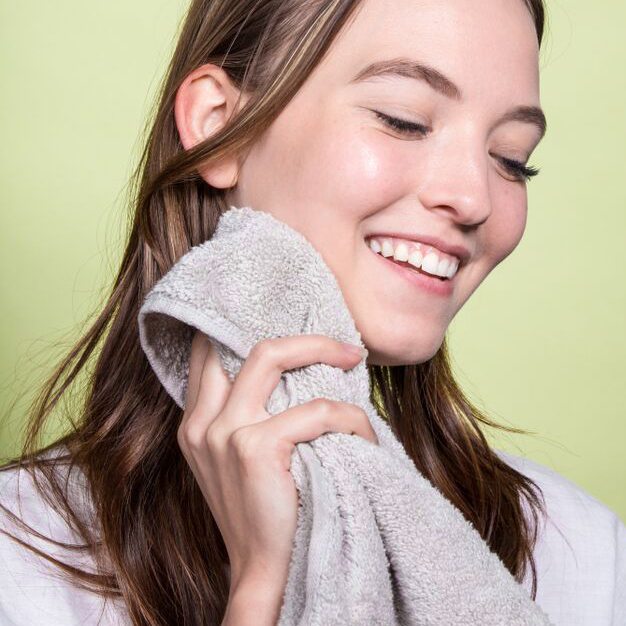Sugar is sweet but not when it comes to the health and look of the skin. Eating excess sugar is one of the worst things you can do to your skin. For starters sugar and foods with a high glycemic number (carbohydrates, fried foods and alcohol) trigger insulin which causes inflammation in the body. Inflammation is a culprit for acne-prone skin, eczema, rosacea and psoriasis. Sugar also breakdowns collagen: ie Glycation– when sugar binds to collagen and form AGES (advanced glycation end products ) this makes the collagen fibers hard and brittle which ultimately causes the skin to look old. Glycation equals loss of elasticity and collagen, which equals sagging, dull and aging skin.
Sugar weakens the immune system, dehydrates skin by pulling out moisture, creates a lackluster  appearance and can cause breakouts and redness and dryness. So what should you do? Firstly, cut back on your sugar intake. Processed carbohydrates, alcohol and sugar-heavy foods should be limited.
appearance and can cause breakouts and redness and dryness. So what should you do? Firstly, cut back on your sugar intake. Processed carbohydrates, alcohol and sugar-heavy foods should be limited.
If you’re prone to redness or rosacea and sugar is making this worse, try our Radical Difference serum. This concentrated rehydrating serum helps to rejuvenate the appearance of skin imperfections, illuminate dull skin and reduce the appearance of unwanted red areas to leave skin appearing glowing and vibrant.
If breakouts are your issue, try our Detox collection to get your skin in check and clear. Detox Facial Clarifying AHA Wash is a power-packed foaming cleanser specifically designed to address the appearance of problem skin, by reaching deep into pores and boosting out stubborn dirt  and oils. Skin is left appearing smoother, feeling more refined and rejuvenated. Follow with Facial Detox, a purifying mask that works to draw out dirt and pore-clogging debris to reveal skin that looks clear and appears flawless. Facial Detox leaves skin looking even and appearing balanced, cleans blemish-prone skin and minimizes the appearance of pores and soothes and calms appearance.
and oils. Skin is left appearing smoother, feeling more refined and rejuvenated. Follow with Facial Detox, a purifying mask that works to draw out dirt and pore-clogging debris to reveal skin that looks clear and appears flawless. Facial Detox leaves skin looking even and appearing balanced, cleans blemish-prone skin and minimizes the appearance of pores and soothes and calms appearance.
Learning to balance your sugar intake will assure clean, clear and glowing skin in the future.

